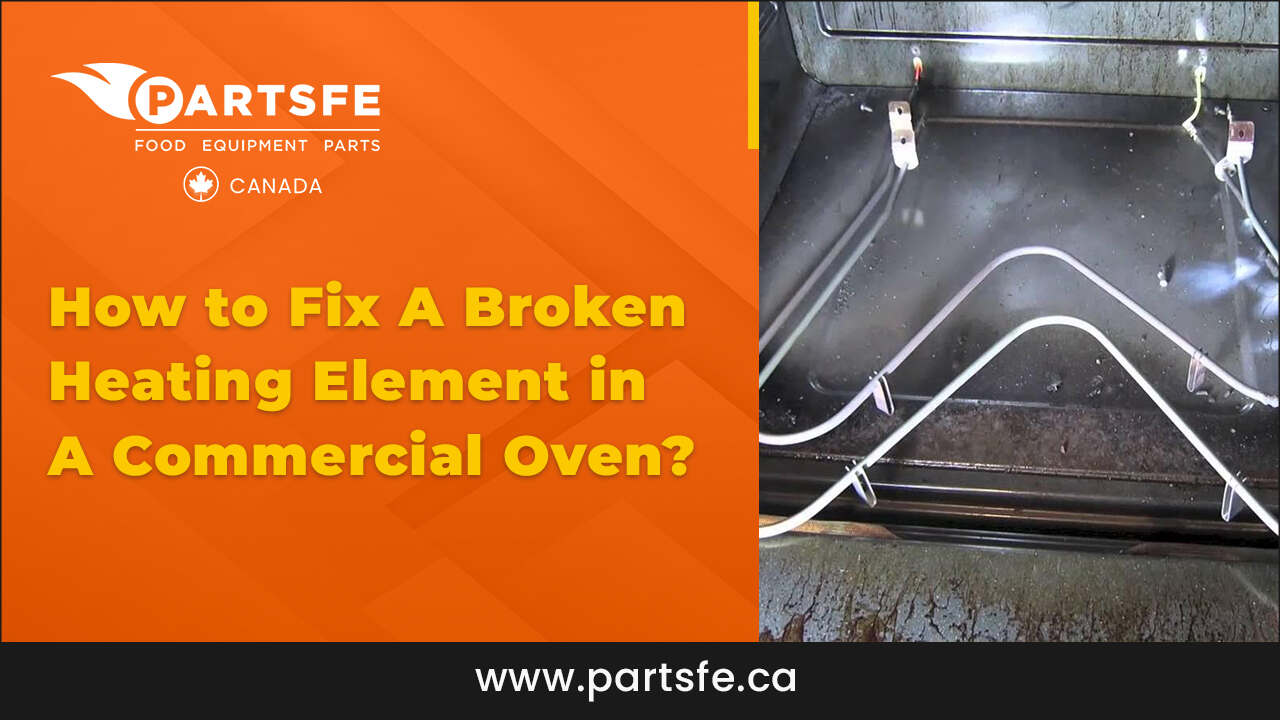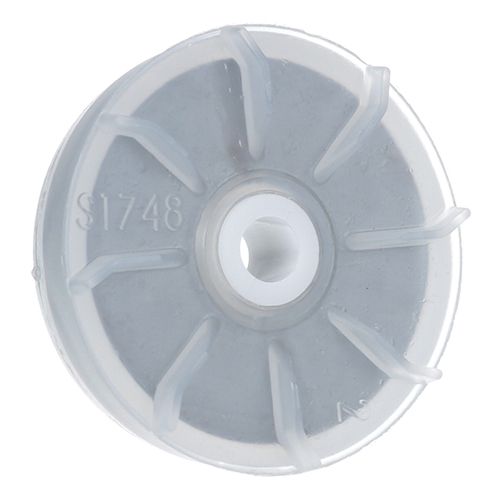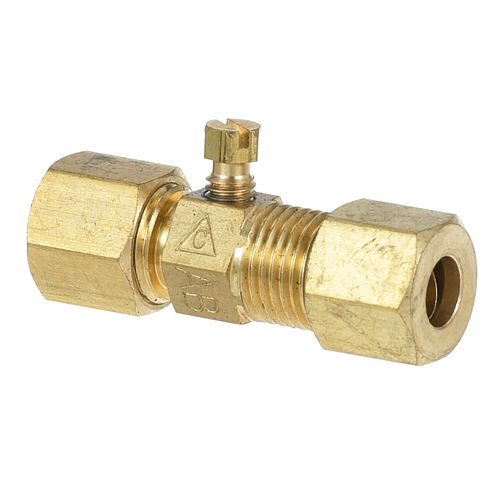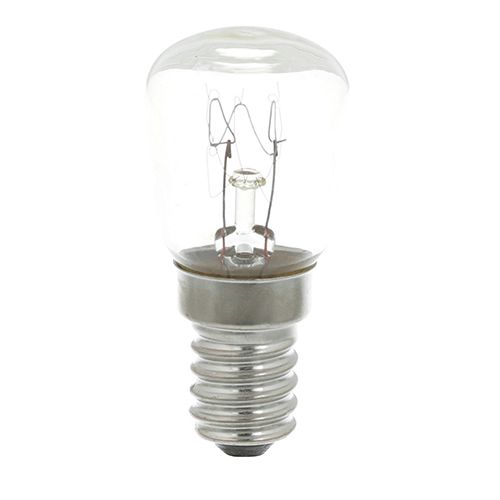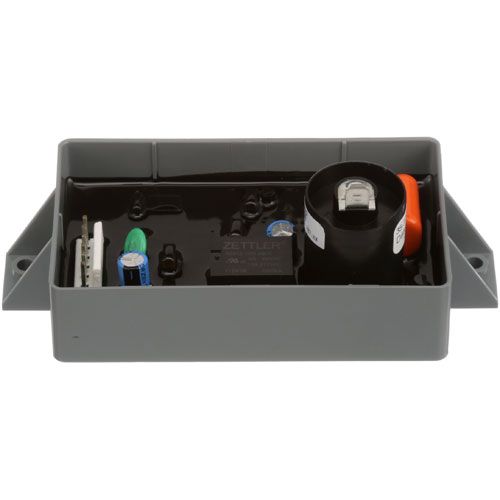How to Fix A Broken Heating Element in A Commercial Oven?
A broken heating element in an oven can severely impact a commercial kitchen, leading to delayed orders and inconsistent food quality. The oven heating element is vital for even cooking, and when it malfunctions, it requires immediate attention to minimize downtime. Whether you need to troubleshoot, repair, or replace it, this comprehensive guide will walk you through every step. From identifying issues to safe repair methods and tips for preventing future problems, you’ll learn how to efficiently handle oven heating element replacement and ensure your kitchen runs smoothly again.
What Are the Signs of a Broken Oven Heating Element?
Identifying a broken heating element in oven is crucial before diving into any repair work. Here are some common signs:

- Uneven Heating: If your oven isn’t heating food evenly, it could be a sign of a heating element not working. This leads to inconsistent cooking results, which is especially problematic in commercial kitchens.
- No Heat at All: If the oven remains cold despite being turned on, you may need to check the oven heating element.
- Visible Damage: Look for cracks, blisters, or visible breaks in the heating element. These are clear indicators that the element has failed.
- Sparks or Flickering: Sparks or flickering can indicate an electrical issue with the heating element for the oven, which needs to be addressed immediately.
- Unusual Smells: A burning smell coming from the oven could be a sign that the heating element has been damaged and is overheating.
If any of these signs are present, it’s time to inspect and test the oven heating element.
Why Does a Commercial Oven Heating Element Fail?
Understanding the causes behind the failure of a heating element for an oven can help in preventing future issues. Some common reasons include:
- Wear and Tear: Commercial ovens are used frequently, leading to natural wear and tear on the oven heating element.
- Electrical Issues: Faulty wiring or power surges can cause the element to short circuit, leading to failure.
- Overheating: Consistent overheating without sufficient cooling periods can cause the oven heating element to deteriorate faster.
- Moisture: Water infiltration can damage electrical components, including the oven heating element.
- Improper Installation: Incorrect installation can lead to misalignment or strain on the heating element for the oven, shortening its lifespan.
Have a look at Steps to Replace Your Oven Thermostat
How Do You Safely Access the Oven Heating Element for Repair?
Safety is paramount when performing any commercial oven repair. Here’s how to safely access the heating element:
- Disconnect Power: Always unplug the oven or turn off the circuit breaker to prevent electric shock.
- Wait for the Oven to Cool: Ensure the oven is completely cool before accessing any internal components to avoid burns.
- Remove the Oven Racks: Take out all racks to allow easy access to the oven heating element.
- Locate the Heating Element: Depending on the oven model, the element may be located at the bottom, top, or back of the oven. Consult your oven’s manual for the exact location.
- Unscrew the Element: Using the appropriate screwdriver, unscrew the brackets or clips holding the oven heating element in place.
By following these safety steps, you can securely access the broken heating element in the oven for repair or replacement.
Tools Needed to Fix a Broken Oven Heating Element
Before starting the repair, gather the necessary tools. Having the right tools will make the oven heating element replacement quicker and safer:
- Screwdriver: A flathead or Phillips screwdriver depending on the screws used in your oven.
- Multimeter: This tool is crucial to check oven heating element for electrical continuity.
- Needle-nose Pliers: Helpful for removing connectors or pulling out broken pieces of the heating element.
- Replacement Heating Element: Ensure that you have the correct replacement part specific to your oven model.
- Work Gloves: Protect your hands from sharp edges or electrical components.
Once you have all these tools, you are ready to proceed with the changing oven element. When dealing with a broken heating element in a commercial oven, it’s essential to source high-quality replacement parts for effective repairs. PartsFe.ca offers a wide range of oven components, including heating elements, oven thermostats, oven racks, and door gaskets. Using reliable parts ensures optimal performance and longevity of your equipment.
How to Test If the Oven Heating Element Is Broken?
Before deciding to replace oven element, it’s crucial to verify whether the issue lies in the element itself. Here’s how to test the oven heating element:
- Set the Multimeter: Switch the multimeter to the "Ohms" setting to measure resistance.
- Disconnect the Element: Ensure the element is fully disconnected from the oven and the power is off.
- Attach the Multimeter Probes: Place one probe on each terminal of the heating element for oven.
- Check the Reading: A functional heating element should show a reading between 10-100 ohms. If the reading is zero or infinite, it means the oven heating element is faulty.
If the test confirms that the oven heating element is broken, you can move on to changing the oven element.
Steps to Replace Broken Oven Heating Element
Now that you’ve confirmed the fault, here’s how to replace the oven element:
- Disconnect the Faulty Element: After unscrewing the element from its place, gently pull it out from the connectors. If it’s stuck, use needle-nose pliers to carefully remove it.
- Install the New Heating Element: Align the new oven heating element with the connectors and screw it back into place. Ensure the new element is securely fastened.
- Reconnect Power: Plug the oven back in or turn the circuit breaker back on.
- Test the Oven: Turn the oven on and check if it heats properly. If the oven heats evenly, the oven heating element replacement is successful.
By following these steps, you’ve successfully fixed the heating element in the oven.
How to Prevent Future Oven Heating Element Issues?
To prevent frequent issues with the heating element for oven, consider the following preventive measures:
- Regular Cleaning: Keep the oven clean to prevent food debris and grease buildup, which can cause the oven heating element to overheat.
- Scheduled Inspections: Regularly inspect your oven as part of commercial oven maintenance to identify wear and tear early.
- Avoid Overheating: Avoid running the oven at maximum temperatures for extended periods. Give the oven time to cool down between uses.
- Proper Installation: Ensure the oven heating element is installed correctly by a professional to avoid misalignment or strain.
- Check for Electrical Issues: Regularly check the wiring and electrical connections to prevent power surges or short circuits that could damage the oven heating element.
Implementing these preventive tips can extend the oven element lifespan and reduce the need for frequent repairs.
Fixing a broken heating element in a commercial oven is a manageable task if you follow the correct steps. Identifying the issue, safely accessing the element, testing it with a multimeter, and replacing it with a new one are the essential steps to get your oven back up and running. Regular maintenance, along with prompt repairs, can prevent future problems and extend the life of your oven.
FAQs
How long does it take to change an oven element?
It typically takes about 30-60 minutes to change the oven heating element. This includes the time to safely access, test, and replace the element.
How much does it cost to replace an oven element?
The cost of heating element for an oven ranges between $20 to $100, depending on the oven model and the brand. Additional labor costs for professional repairs can range from $50 to $200.
What is the lifespan of an oven element?
The typical oven element lifespan is around 5 to 10 years, depending on usage and maintenance. Regular cleaning and avoiding overheating can extend its lifespan.

